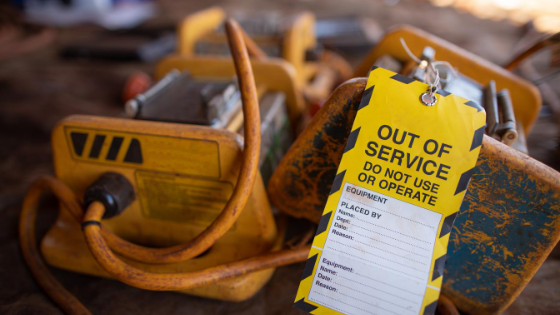Hazards are a part of every workplace. But although hazards are always going to be a facet of your work environment, employers have a responsibility to their employees to provide a workplace reasonably free from harm.
This is where control measures come into play. Because while you may not always be able to remove a hazard from the picture, you can certainly minimize and mitigate its effects. Here’s a closer look at control measures to reduce job hazards, when you need them, and why you need to implement them.
What is Hazard Control?
Hazard control refers to the workplace procedures adopted by EHS teams and organizations to minimize potential injuries, control damage to equipment, and reduce and mitigate adverse health effects. These practices are often standardized for a given industry.
Basically, hazard control is the set of policies and practices used to keep your hazards from causing harm – one of the most essential tools an EHS team can have since hazards lie at the heart of your work.
Hierarchy of Hazard Controls
OSHA and NIOSH also highly concerned with hazard control – and how businesses take steps to mitigate hazards in a standardized way. For this reason, NIOSH has a hierarchy of hazard controls to determine how to implement feasible and effective hazard control solutions.
The hierarchy has five steps, usually shown as an inverted pyramid:
- Elimination (physically remove the hazard)
- Substitution (replace the hazard)
- Engineering controls (isolate people from the hazard)
- Administrative controls (change the way people work)
- PPE (protect workers with personal protective equipment)
These steps are listed sequentially in order of descending effectiveness, and employers are meant to work through each step in order to find the greatest hazard control that is still feasible given their unique work environment.
In other words, it is not enough to skip straight to PPE – you have to show why earlier, more significant measures are not feasible for your workplace.
When to Implement Controls
Hazard control measures should be implemented anytime you have a hazard which can cause significant harm to a worker, significant long-term damage to your workplace, or both.
Controls are usually placed:
- At the source of the hazard
- Along the path of the hazard (i.e. where the hazard travels)
- At the worker
For example, if the hazard is a dip tank, the dip tank is the source and the airflow is the path of the hazard.
Keep in mind that a legal limit should not be viewed as the line between safe and unsafe. It is a guideline. Your goal should be to keep your workplace as safe as possible, not just safe enough to pass legal inspection.
Need More Control Measures to Reduce Job Hazards?
Like other elements of safety, control measures to reduce job hazards are an ongoing tool requiring regular updates and check-ins. A control that worked once may not work in future years, and your challenges may evolve.
That’s why we’re here to provide safety software that evolves with you, making it easy to tackle your biggest safety challenges. Want to see how our software can change your approach to hazard control? Get in touch today to learn more.
